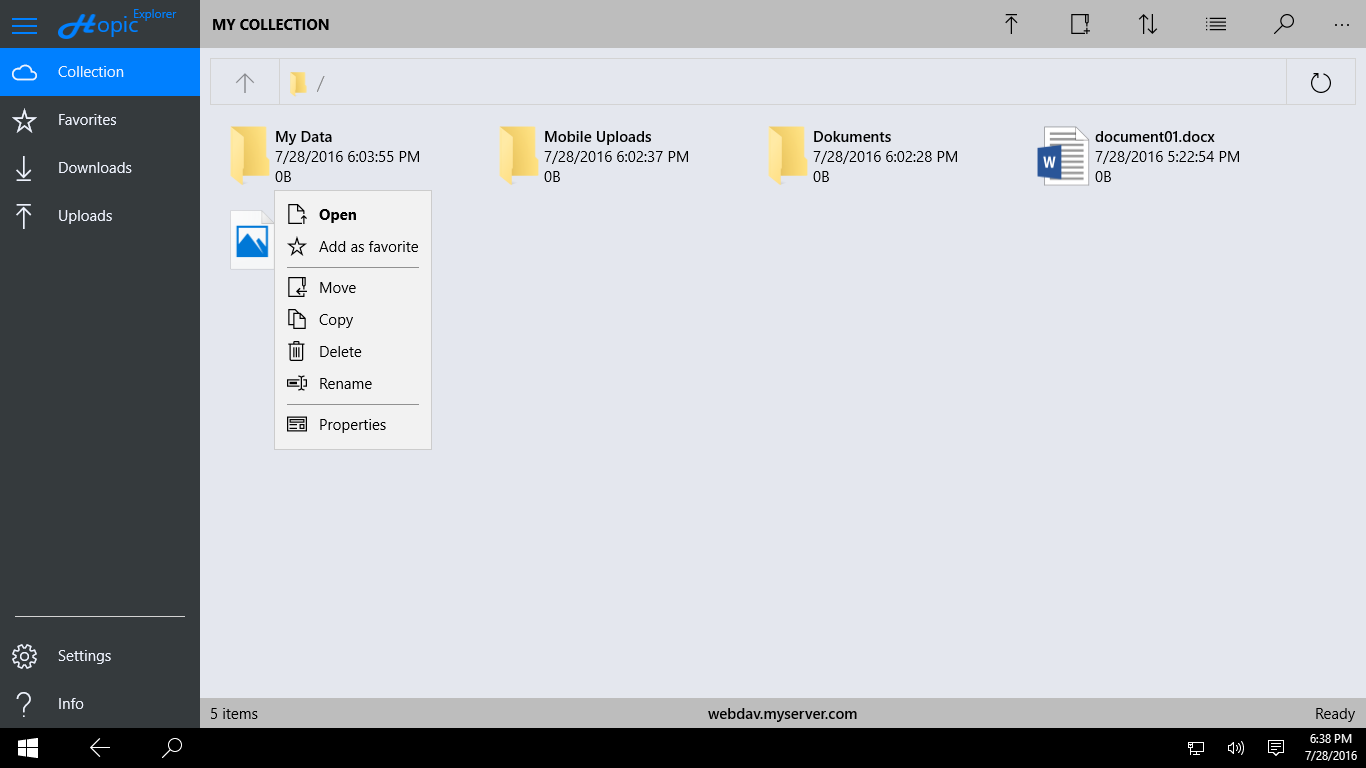

- #Adding fonts to universal type client how to#
- #Adding fonts to universal type client install#
- #Adding fonts to universal type client update#
- #Adding fonts to universal type client upgrade#
- #Adding fonts to universal type client windows 10#
click Next.Īfter the package is created, click on the package and at the bottom pane, click the Programs tab. Choose the program to run whether or not a user is logged on. Specify the Name for the standard program, enter the Command line as cscript.exe filename.vbs. Specify the Name, Source folder and click Next.Ĭhoose the Program Type as Standard Program. Right click Packages and click Create Package. In the Software Library workspace, expand Application Management, and then choose Packages. In Configuration Manager console, choose Software Library. You just need to specify the path up to the folder where the font is present. Open the script file with notepad or any editor, set the font source path to the location where the font is located. The font that I be deploying is Marlboro font which is available free for Download. Copy the script file and font to a shared folder. Next, change the extension of the file from. It’s a text file, download and save it to a folder.
#Adding fonts to universal type client how to#
How to deploy fonts using Configuration Managerįirst of all download the install_fonts script from here. After a log off and login the fonts can be seen. The strange thing is when SCCM deploys the same package and runs the same script the fonts gets installed correctly but they appear to be missing. If you run this script on a standalone computer the fonts are installed and can be seen used by users.
#Adding fonts to universal type client install#
When you deploy a script (SCCM Package) to install the font, the user that is logged on to the computer will not be able to use or see these new fonts until they log out and log in back. But if you want to deploy the same font on multiple computers, we have to make use of script that does the job. Normally if you want to install a font the easiest way is to double-click on a font file to open the font preview and select ‘ Install‘. TrueType fonts come with both Windows and Macintosh operating systems. One of the most popular outline font software programs on today’s computers is TrueType fonts.

A font is a set of printable or displayable text characters in a specific style and size. If you have been tasked with deploying fonts using SCCM this post should help you. Some font families might include multiple fonts for different weights and styles.In this post we will see steps on how to deploy fonts using Configuration Manager. Here is a comprehensive list of the font families in each of the optional features.
#Adding fonts to universal type client update#
You need to be online for the Windows Update service to work. The optional features are installed by Windows Update. This process should only take a few minutes. Once you have added Hebrew to your language list, then the optional Hebrew font feature and other optional features for Hebrew language support are installed. If Hebrew is not included in the list of languages, select the plus sign ( +) to add a language.įind Hebrew, and then select it to add it to your language list. In Settings, select Time & language, and then select Region & language.

Use the Settings app.įor example, here are the steps to install the fonts associated with the Hebrew language: If you want to use the fonts from the optional feature and you know that you will want to view Web pages, edit documents, or use apps in the language associated with that feature, add that language into your user profile. Installing language-associated features via language settings: This is a permanent change in behavior for Windows client, and it will remain this way in future releases. If you want to use these fonts, you can enable the optional feature to add them back to your system.
#Adding fonts to universal type client windows 10#
If you have documents created using the missing fonts, these documents might display differently on Windows client.įor example, if you have an English (or French, German, or Spanish) version of Windows 10 installed, you might notice that fonts such as the following are appear to be missing: As a result, these fonts appear to be missing from the system.
#Adding fonts to universal type client upgrade#
If you install a fresh instance of Windows client, or upgrade an older version of Windows to Windows client, these optional features are not enabled by default. To reduce the operating system footprint, improve performance, and optimize disk space usage, we moved many of the fonts that were previously shipped with prior versions of Windows to the optional features of Windows client. When you upgrade from the Windows 7, Windows 8, or Windows 8.1 operating system to Windows 10 or Windows 11, certain fonts are no longer available by default post-upgrade.


 0 kommentar(er)
0 kommentar(er)
